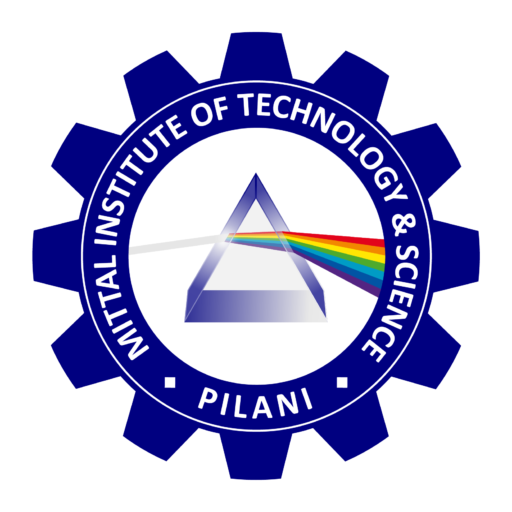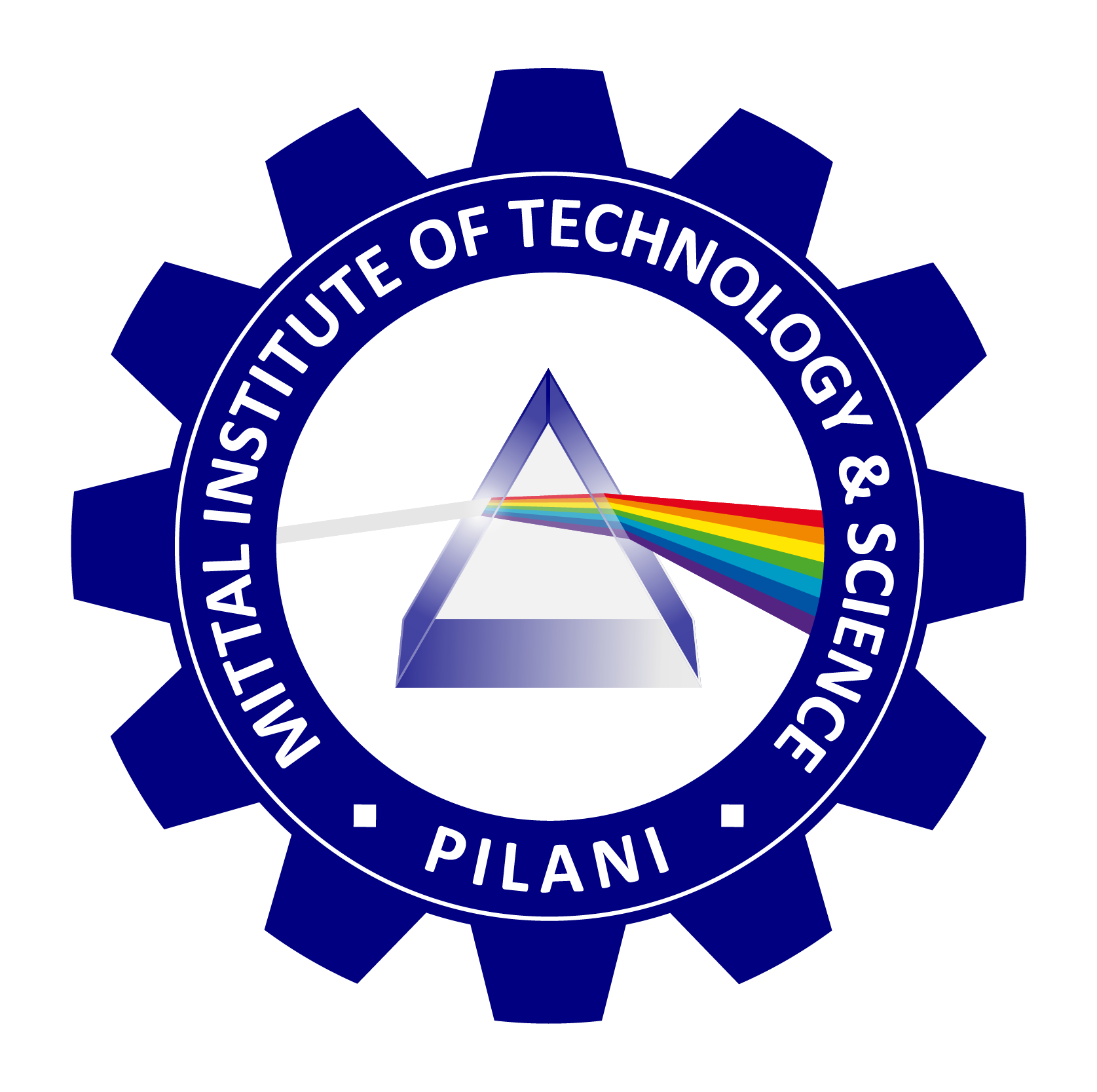
- Training Modules Microsoft
- Dijkstras Algorithm Implementation In Java
- Dijkstras Algorithm Implementation In Python
- Dijkstras Algorithm Implementation In Python
- Dijkstras Algorithm Implementation In Python
- Software Engineering Perspective
- 6G Technology
- Border Gateway Protocol (BGP) Optimal Route Reflection CISCO
- What Is a Packet Switched Network?
- Open Network Simulator
- GitHub Topics
- Packet switching in computer networks to transmit data as packets.
MITTAL INSTITUTE OF TECHNOLOGY & SCIENCE, PILANI
Digital Switching Systems in Modern Telecommunication
Introduction
Digital switching systems play a critical role in the telecommunications infrastructure, enabling efficient and reliable communication across diverse networks. These systems, which have evolved from early analog systems to advanced digital and packet-switched networks, form the backbone of modern telecommunication technologies. The complexity of such systems requires the convergence of expertise from computer science, hardware engineering, and telecommunications professionals. This essay explores the key components, recent advances, testing methodologies, billing systems, mobile communication protocols, and the roles of major players in research, development, and standardization efforts in the digital switching ecosystem.
Key Components of Digital Switching Systems
- Switches:
Switches are the core elements in digital switching systems, responsible for directing digital data across the network. There are two main types of switches:
- Time Division Switches (TDM): These switches are used in traditional circuit-switched networks to allocate time slots for each communication session.
- Space Division Switches (SDM): These switches route data by physically establishing a dedicated communication path through the network’s hardware infrastructure.
- Routers:
Routers play an essential role in packet-switched networks, such as the Internet. They analyze the destination IP addresses of incoming packets and determine the most efficient route across the network, optimizing traffic flow.
- Trunk Lines:
Trunk lines, including T1, T2, and T3 lines, are high-capacity circuits used to connect switching nodes in large telecommunications networks. They support the transmission of multiple digital signals over a single physical medium.
- T1 lines transmit data at 1.544 Mbps, typically used for voice and data applications.
- T2 and T3 lines offer even higher bandwidth, with T3 supporting up to 44.736 Mbps, crucial for high-demand data transfers in backbone networks.
- Time Switches and Space Switches:
- Time switches manage data based on time slots in time-division multiplexing (TDM) systems, ensuring that multiple communication streams can be handled on the same physical line.
- Space switches handle data streams by controlling physical paths through the switch, allowing multiple channels to be routed simultaneously without interference.
Packet-Switching and Advances in Switching Technology
- Packet-Switched Networks:
Packet-switched networks are foundational to modern telecommunications, where data is divided into smaller packets that travel independently to their destination. This approach improves bandwidth utilization and allows dynamic routing based on network conditions.
- Recent Advances:
- Software-Defined Networking (SDN): SDN decouples the control plane from the data plane, allowing network administrators to manage and control the network centrally via software, improving flexibility, scalability, and fault tolerance.
- Network Function Virtualization (NFV): NFV virtualizes network functions that previously required specialized hardware, such as routers and firewalls, enabling the deployment of these functions on commodity hardware.
- Optical Switching: Recent advancements in optical switching allow for extremely high-speed data transfer using light waves, significantly improving the bandwidth capabilities of backbone networks.
Algorithms for Routing and Backbones
- Routing Algorithms:
Routing algorithms are essential for determining the best paths for data to travel across networks. Key algorithms include:
- Dijkstra’s Algorithm: Utilized in link-state routing protocols, Dijkstra’s algorithm calculates the shortest path between nodes in a network.
- Bellman-Ford Algorithm: This algorithm is used in distance-vector routing protocols to compute the shortest paths by considering the number of hops and possible delays.
- BGP (Border Gateway Protocol): BGP is the core routing protocol of the Internet, managing how packets are routed between autonomous systems (AS).
- Backbone Networks:
Backbones are high-capacity networks that form the central highway for data traffic. They interconnect different networks and ensure data is routed efficiently across long distances. The development of multi-gigabit backbones has enabled the growth of high-demand applications like streaming and cloud services.
Development and Testing of Switching Systems
- Tele-Traffic Generators:
Tele-traffic generators are used to simulate the real-world behavior of telecommunications networks. They generate controlled traffic to assess how switches, routers, and other network components handle different volumes of data. Common tele-traffic simulators include Ixia, Spirent, and Keysight.
- Software Testing Tools:
Advanced simulation tools, such as OPNET and Wireshark, are used to model, analyze, and debug telecommunication systems. These tools help test performance under various conditions, such as congestion and equipment failures.
- Billing Systems:
Billing systems in telecommunication networks track usage, including the duration and type of communication (voice, data, etc.), for customer billing purposes. Modern billing systems, like Amdocs and Ericsson Charging Systems, offer real-time monitoring and support for prepaid, postpaid, and hybrid billing models.
Switching Systems for Mobile Communication
- Mobile Switching Systems (MSS):
In mobile networks, MSS manage the handover of mobile users as they move between cells, ensuring continuous communication. MSS are central to supporting mobile protocols, including 3G, 4G, 5G, and emerging 6G standards.
- Resolving International Addresses:
Switching systems handle international traffic by resolving complex address translations between various protocols (e.g., IPv4, IPv6) and routing it through international gateways. Protocols like Border Gateway Protocol (BGP) facilitate the routing of international traffic.
Mobile Communication Protocols: From 3G to 7G
- 3G: Focused on voice, SMS, and early data services (up to 2 Mbps).
- 4G (LTE): Enabled high-speed mobile internet, offering speeds up to 100 Mbps.
- 5G: Introduced ultra-low latency, massive IoT connectivity, and speeds up to 10 Gbps, enabling smart city applications and autonomous vehicles.
- 6G (Research Phase): Predicted to offer terabit-per-second speeds, advanced AI-driven networks, and support for immersive technologies like holographic communication.
- 7G (Conceptual): Theoretical discussions on 7G involve ubiquitous connectivity with the seamless integration of satellite and terrestrial networks for global coverage.
Role of National and International Telecommunication Committees
Committees like the International Telecommunication Union (ITU) and 3rd Generation Partnership Project (3GPP) play a crucial role in setting standards for telecommunication systems globally. Their work ensures interoperability, security, and scalability across different countries and networks.
Prominent Corporations and Their Contributions
The telecommunications industry is driven by leading global corporations that contribute to research, development, and manufacturing:
- Ericsson, Nokia, Huawei, and Cisco are major players in the development of switching and routing systems.
- Qualcomm is a leader in mobile communication chipsets, essential for 5G networks.
- Intel and Broadcom manufacture processors and components for networking hardware.
- Alcatel-Lucent (now part of Nokia) is known for its work in optical and IP networking solutions.
Standardization of Protocols and Equipment
Standardization ensures that equipment and protocols work seamlessly across different networks and countries. The Internet Engineering Task Force (IETF) develops standards for IP-based networks (IPv4, IPv6), while the ITU-T sets guidelines for telecommunication systems, including switching systems and protocols.
Digital switching systems represent the heart of modern telecommunications, evolving continuously to meet the growing demands for faster, more reliable, and scalable networks. From time-space switching to advanced packet-switching and mobile communication protocols, the ecosystem is highly complex, involving collaboration among global corporations, standardization bodies, and telecommunication professionals across multiple disciplines. As we move towards 6G and beyond, innovations like SDN, NFV, and optical switching will define the future of communication networks.

Professor Rakesh Mittal
Computer Science
Director
Mittal Institute of Technology & Science, Pilani, India and Clearwater, Florida, USA
